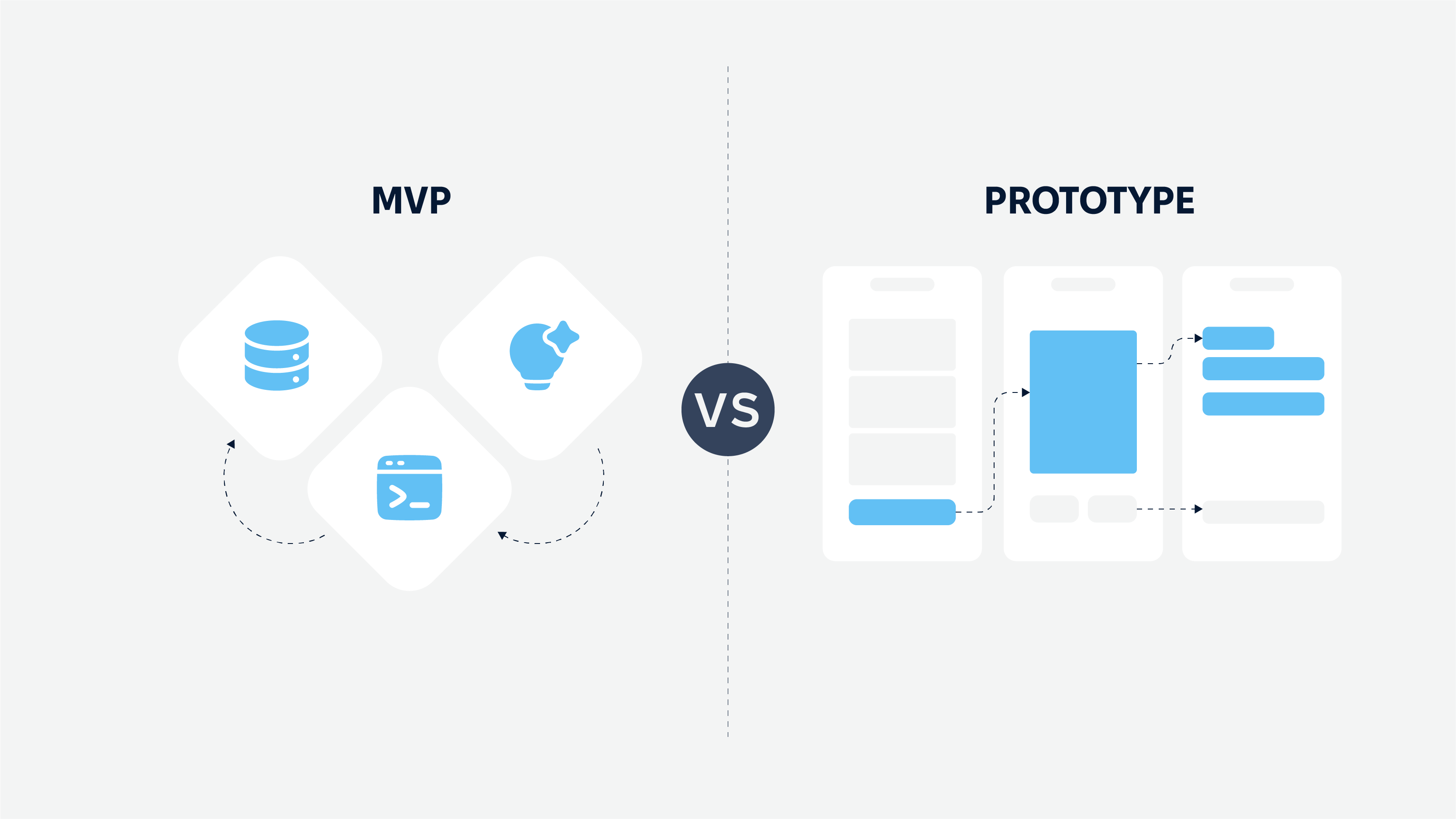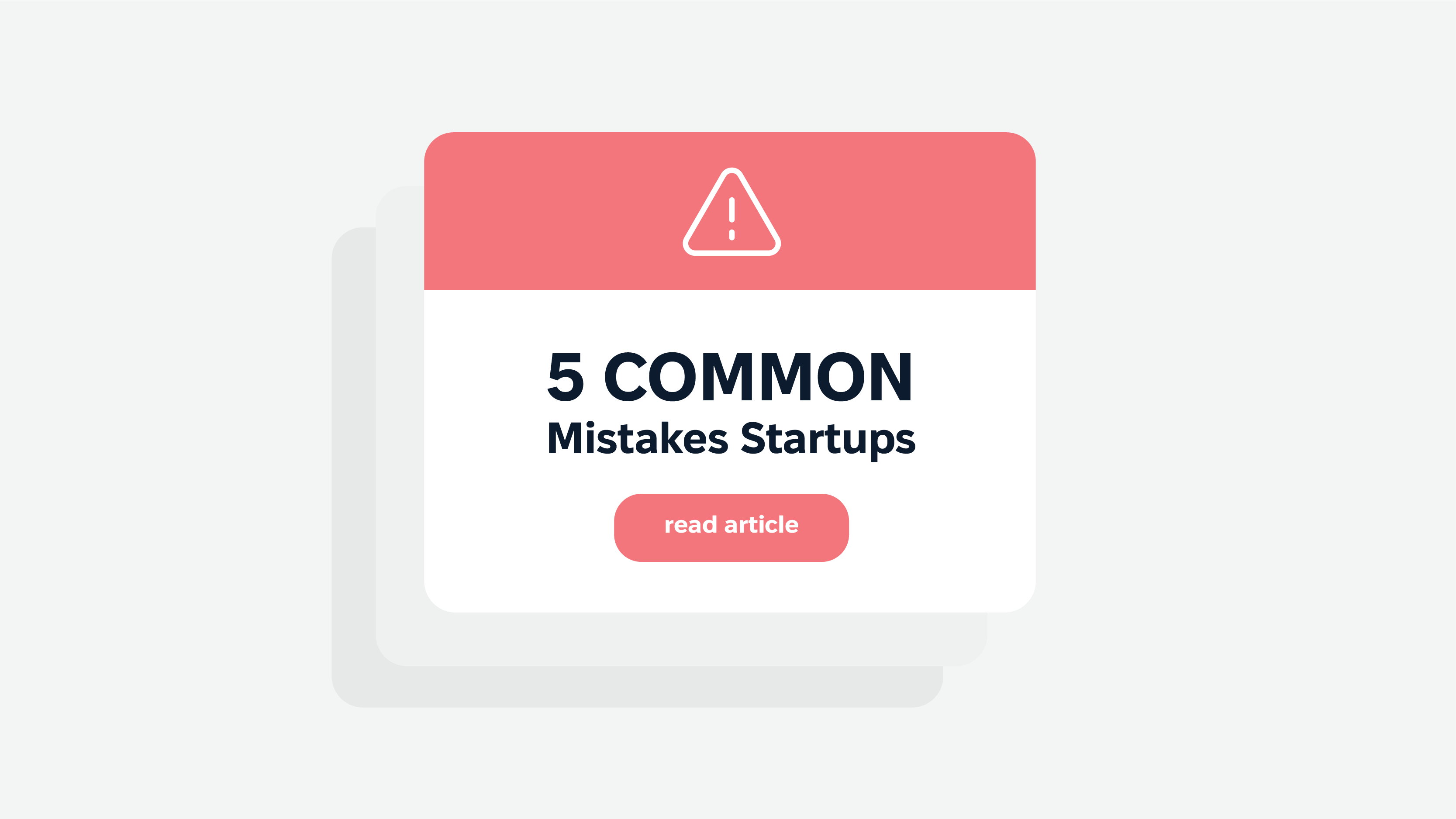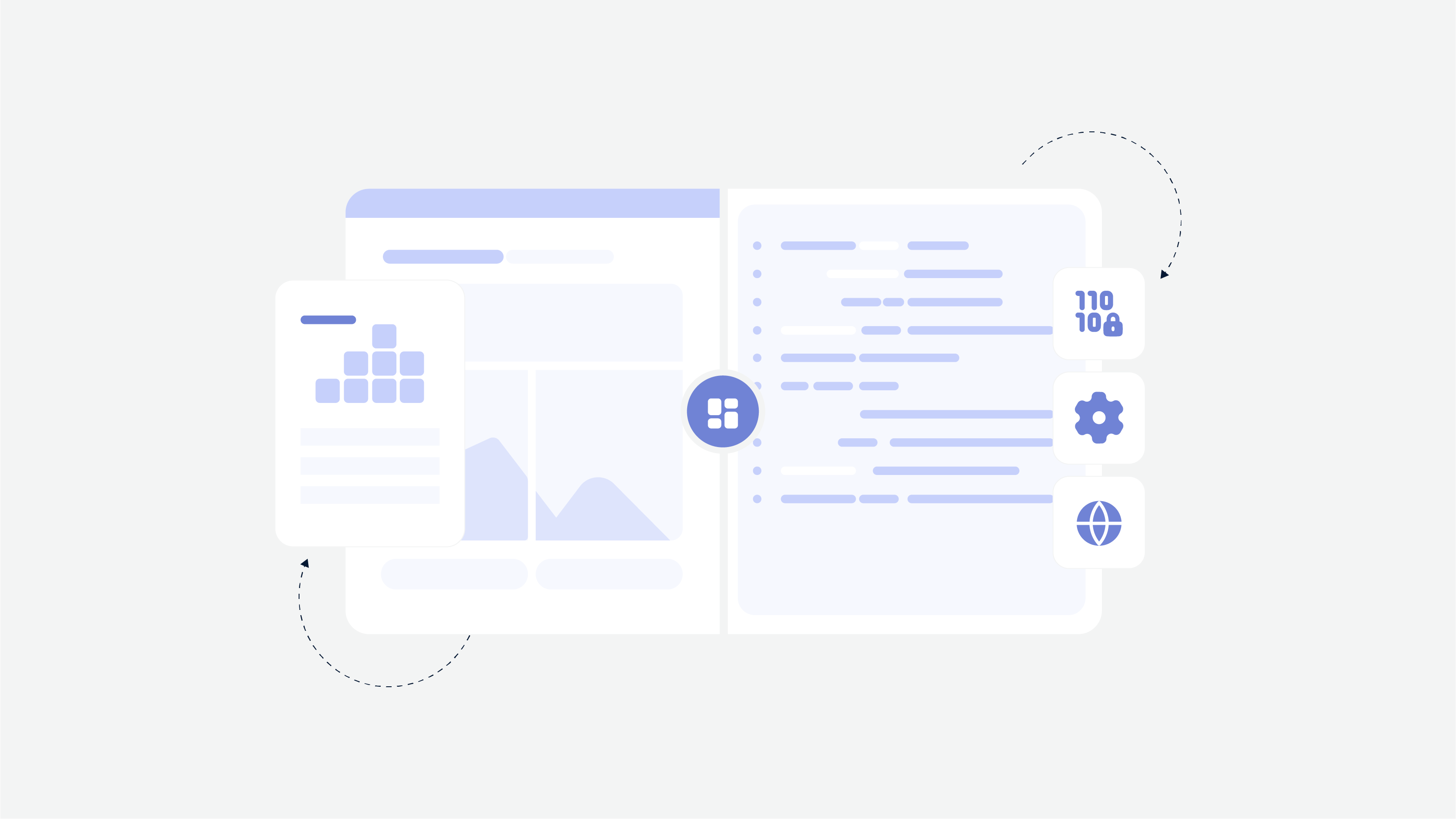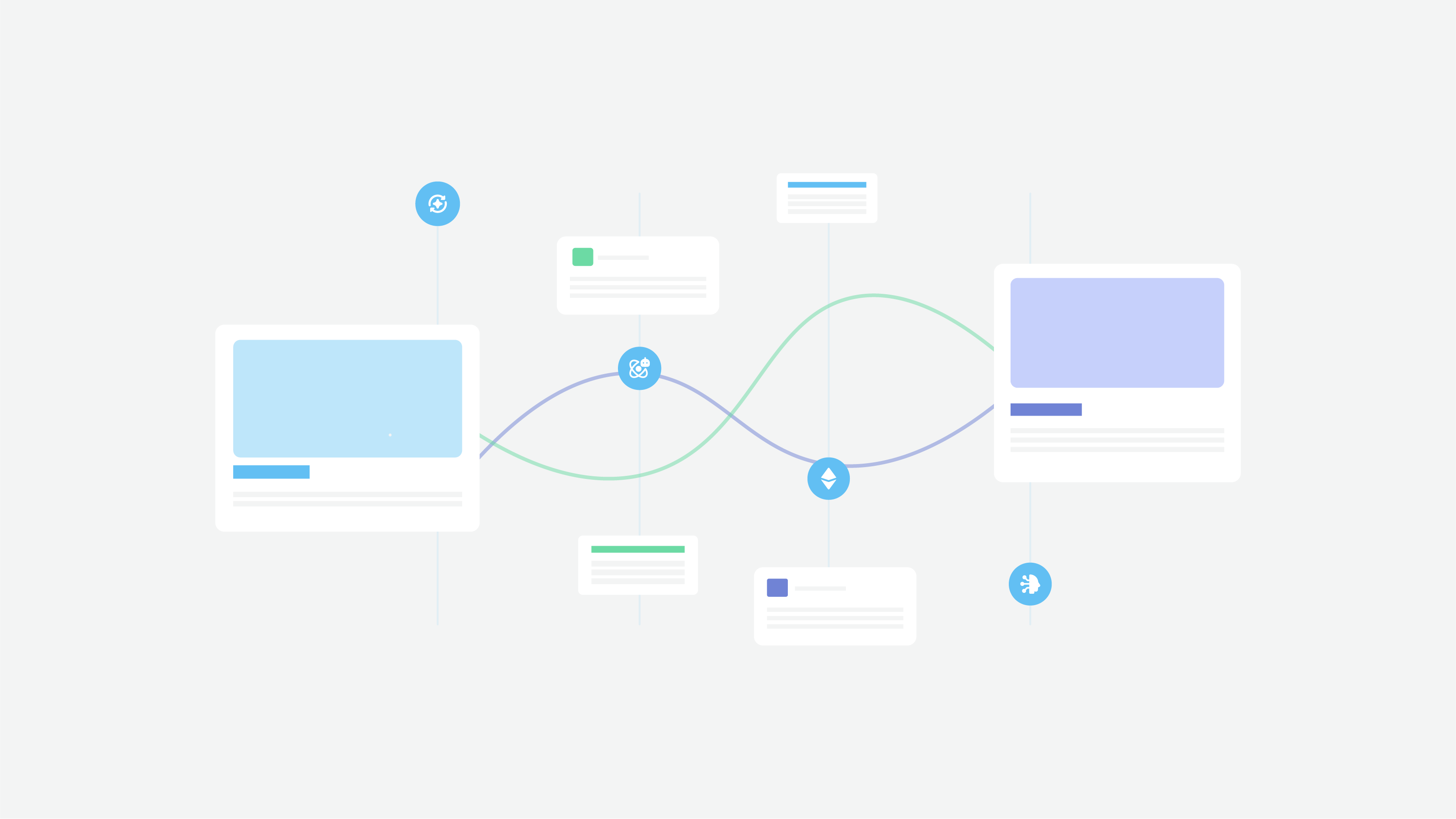We already have a few articles where EHR software was mentioned as an essential software that doctors need to monitor the patients’ health. It helps them take appropriate measures timely. That is why the article describing the process for EHR development was a matter of time.
This guide will lead you through the difference between EHR and EMR, EHR app types, examples, essential steps, etc. We highly recommend reading this article if you want to avoid mistakes and launch your product painlessly.
Why Is EHR Important And Beneficial?
First, we would like to clarify once again the difference between EHR and EMR. Some people think EHR (electronic health records) and EMR (electronic medical records) are the same. They are partly right. The development process of EHR and EMR will remain the same, but their functions are a bit different.
EMR is a digital version of a patient’s chart. One EMR contains the treatment history of one patient in one practice. And EMR cannot be shared; only one doctor needs it.
While EHR is much more critical and it is a full-fledged version of EMR. It allows doctors and patients to communicate with each other. It includes all information about the patient, like demographics, lab results, allergies, insurance information. Using EHR software, patients can get timely medical care, etc. But let’s take a look at the EHR software benefits below.
EHR apps are crucial since they help automate and simplify communication processes and other related tasks. As for patients’ benefits, they can store personal information in one place, access the patient portal, contact doctors online, get medical consultation, set up reminders for medication taking, etc.
Doctors benefit from EHR since they can always remotely monitor patients’ health and access all essential information about disease history to know how to treat each patient. Also, EHR software allows physicians to interact better with other medical staff, simplify medical tasks, provide high-quality services, and handle administrative duties. Besides, EHR apps help in the reduction of possible errors and contribute to more accurate diagnoses.
How Does The Use Of An EHR System Benefit The Billing Processes?
A billing system is closely related to insurance medicine. Its main goal is to calculate the cost of medical services. Also, billing is used to send insurance inquiries and process them. And EHR software provides benefits for medical billing systems as well.
Improved efficiency. First, reduced paperwork. Specialists don’t need to deal with a pile of paper documents; all data is entered once and for all. It may be necessary to change the figures only. Besides, human errors come to naught since everything is automated.
A comprehensive scope of services. The integration of the billing system to EHR software implies the availability of all essential activities. And all data is stored in one place, that’s another advantage. Additionally, the optimization of billing processes leads to cost-efficiency.
Transparency. The submission of cleaner claims adds more transparency between physicians and patients, and patients have more trust in their doctor and medical institution.
Interoperability. EHR software allows specialists to easily share insurance information with everyone involved in the billing process (and it is implemented securely).
Reduction of coding errors. Coding errors don’t mean development coding. It means insurance codes. All patients’ data from EHR software is sent seamlessly to the billing system, and users don’t need to re-enter insurance codes and other information, so errors become almost impossible.
Is your app unusual, and you don’t know who you can entrust the project to? Contact Cadabra Studio — we are open to all new offers.
Different Types Of EHR Systems
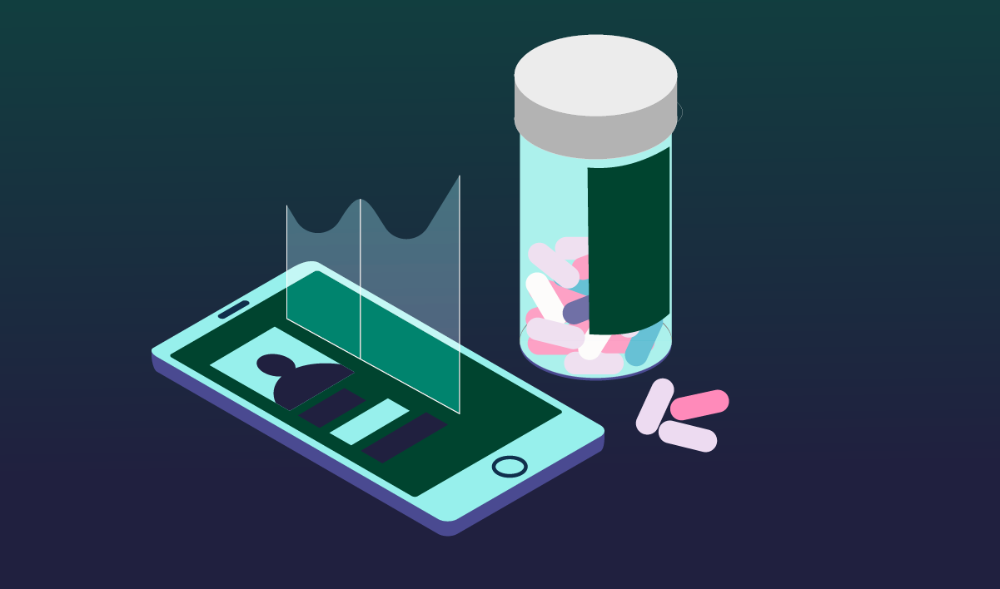
If you are building an EHR system, you should know what types of EHR software exist. It is one of the critical aspects you must pay attention to since it will impact the data protection level and functionality.
Physician hosted system. Simply put, all data is stored on the own servers of physicians. For example, you are planning to create an EHR system for your clinics. You want to take responsibility for purchasing hardware and relevant software and further maintaining the system. This type is preferable for large practices if they can cover all EHR development costs. Also, when servers are by your side, you can speed up the EHR system’s performance.
Remotely-hosted system. Here the maintenance responsibility is delegated to the third party. This option is suitable for small practices or if healthcare providers plan to collect information but not store it.
Remote systems. We recommend using this system if you don’t want to face headaches concerning infrastructure management. You can use cloud-based EHR apps that store all information in virtual clouds. The cloud environment is secure, but it supplies healthcare providers with seamless access to patient data. You will need to pay for the cloud storage, but these costs are relatively low.
Likewise, cloud app development can be a perfect solution for different businesses, not only healthcare-related ones. You need to get acquainted with the article about cloud app development tips and advantages.
Top Three Examples Of EHR Systems To Know Your Competitor
We think you already know that analysis of competitors is a vital stage of any software development. That is why we consider it necessary to describe a few large EHR systems that already gained their reputation.
iPatientCare EHR
This EHR software allows physicians to customize and improve many patient-centric processes, make their practice more efficient, and provide new patient capabilities. iPatientCare EHR system is available in two versions: a cloud-based version and an on-premises version if healthcare providers plan to use their servers.
The software can connect physicians with different laboratories and pharmacies, and it is compliant with specific regulations like HIPAA, Meaningful Use standards, etc.
AdvancedMD EHR
A comprehensive EHR system that has a lot of useful features and a user-friendly interface. AdvancedMD EHR software provides different templates and integration capabilities with labs and hospitals. However, if there is no necessary template, it is possible to set up a custom one. The set of available features impresses, but this system is a costly solution due to its size and functionality.
CareCloud Charts
Our third example, CareCloud Charts, is an EHR system that offers clinical reporting and patient care tools for absolutely all practices (all types and sizes). It also provides features for customizing a patient experience to adapt the system according to their needs. Moreover, the EHR system integrates with CareCloud Central — a general practice management system representing a financial and administrative platform for work optimization.
Crucial Regulations And Certifications Your EHR Software Must Comply With
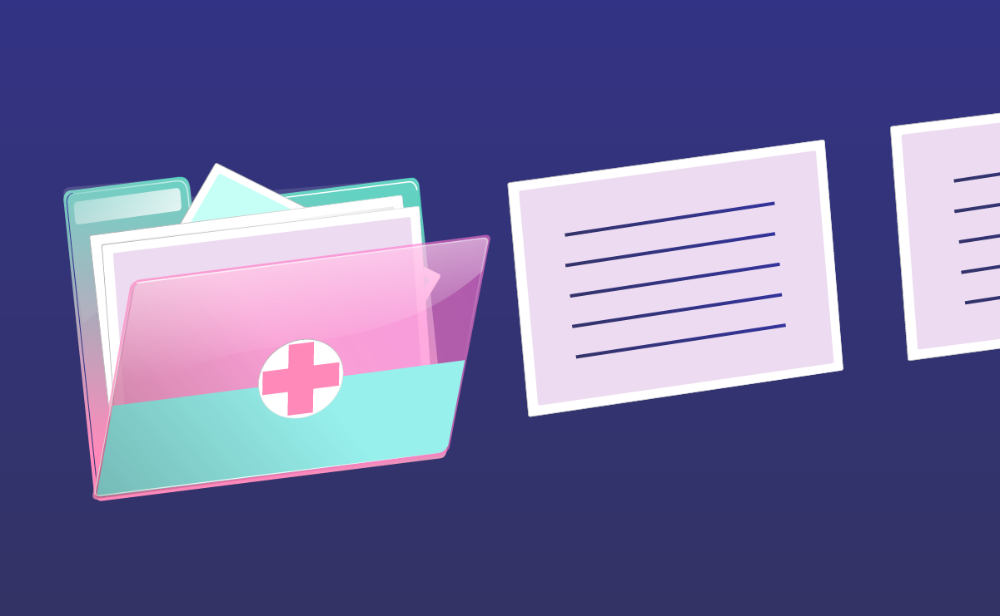
If you have a question like “what is the process of EHR development?” the first answer will be “mandatory compliance with regulatory requirements.” Depending on the region, regulations are different, and now we will take a closer look at them.
HIPAA Compliance
The US region requires all healthcare systems (including EHR/EMR) to comply with HIPAA and HITECH regulations. HIPAA stands for Health Insurance Portability Accountability Act. HITECH means Health Information Technology for Economic and Clinical Health. Your EHR system must meet all criteria and requirements of HIPAA and HITECH if you choose the USA as the market arena.
Feel free to read our guide to HIPAA compliance checklist to ensure your app is fully compliant.
GDPR Compliance
GDPR stands for General Data Protection Regulation, and it is an acting regulation in the European Union. It concerns not only healthcare apps but all types of software that process personal data. Thus, mind to check the GDPR compliance of your EHR software when you choose the European region.
Of course, we have prepared the GDPR compliance checklist as well; hurry up to read it.
EHR Certification
Also, custom EHR software must get certification from the Office of the National Coordinator for Health Information Technology — Authorized Testing and Certification Body (ONC-ATCB). This certification is acting in the USA. While in the EU, your software must have EuroRec certification.
Also, in the USA, your EHR system must meet the Meaningful Use criteria. MU is part of HITECH regulation. We recommend you hire a MU manager who will help you deal with all regulatory issues.
Standards And Protocols
Finally, there are compatibility standards and protocols that may be used for healthcare information transfer. There are standards like HL7, CCD, CCR, CCA. Each region may require different standards, so we cannot predict what type your EHR software will need.
Of course, apart from the USA and Europe, there are other countries as well. If you choose Canada, the PIPEDA regulation compliance will be necessary. In the UK, you will need to make your app compliant with the Data Protection Act. Asian countries like Japan, Thailand, South Korea, China have their data protection laws as well.
What makes an app reliable? Responsible developers, of course. To reach the best ones, get in touch with Cadabra Studio.
What Are The Most Critical Stages In EHR Development?
Stages of EHR development can be partially similar to the development process of other apps. Like the analysis of competitors, market research, etc. But the creation of your EHR software has some individual requirements to take into account.
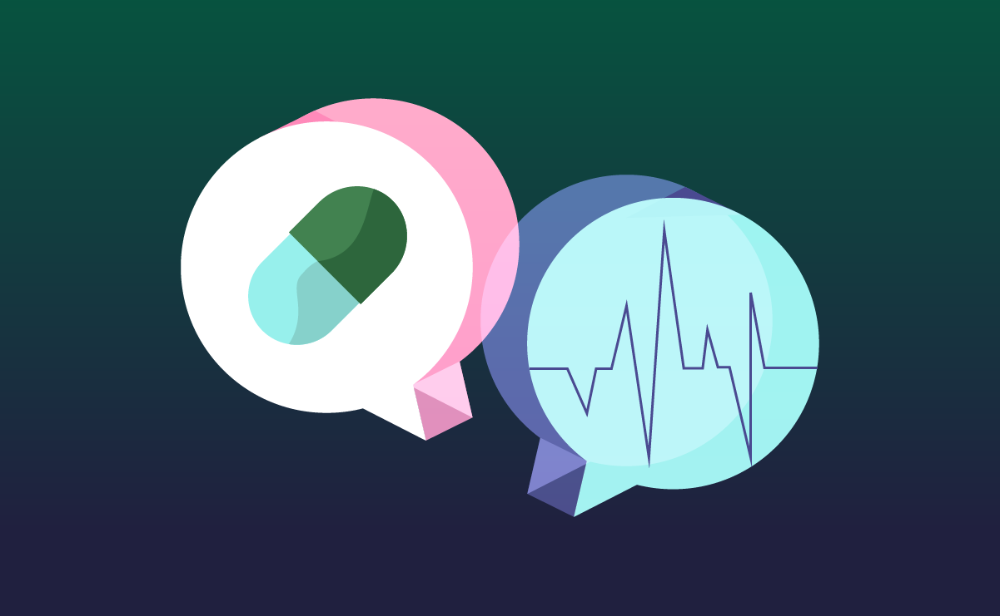
EHR Implementation
What is the first step in EHR development? There is a detailed guide on EHR/EMR implementation process we have created recently. But we will cover the primary points you need to follow during the implementation process.
Build a roadmap. A roadmap will include the implementation plan, i.e., all activities you will need to perform. This plan will help you navigate through the development process.
Create a team. You see that EHR app development is a complicated and responsible process. And before you hire designers and developers, you need to build a team of specialists responsible for staff training and regulatory compliance.
Plan the deadlines. Precise deadlines and strict time frames will help you plan your budget and avoid additional expenses. You need to work out all details and particularities of the project, and here you need an EHR software development company like Cadabra Studio. Our business analyst will help you build a development plan.
Start the data migration process. Remember that all paper documentation must be converted into electronic format. An application analyst, one of the specialists you need to hire, will be responsible for it.
Forewarned is forearmed. Don’t forget that any software development has its fly in the ointment. And you must know everything about challenges you may face during EHR implementation and launch.
Monitor key metrics. Once the implementation process is completed, mind to monitor performance metrics and other vital indicators of your app’s success.
Proceed To Design
The designers at Cadabra Studio pay rapt attention to the research and analysis of healthcare software, its user experience, and user interface. The EHR software design should have an eye-pleasing color spectrum and user-friendly navigation since people of different ages will use an EHR system. The more straightforward app’s interface is, the more loyal users your system will obtain.
Remember that your web-based EHR system must be mobile-friendly since most patients and doctors prefer using mobile devices.
Collaborate With EHR Developers
Developers start creating an app once the design is completed. Depending on what platforms you need, different developers will be engaged in this process. We recommend you create a web-based EHR system first and then create mobile apps one by one. Android app, then the iOS app, or vice versa.
A responsive web app, in some cases, won’t be enough, and it is better to build a native mobile app. Our developers at Cadabra Studio are ready to consult you and help you choose the right solution.
Test, Debug, Launch
Quality assurance engineers must test your EHR system and ensure that each function works flawlessly. The testing stage is not less important than development and design. If there are any bugs, developers have to debug them, and QA engineers perform the necessary testing stages once again. When testing and debugging stages are completed, your product may be deployed and released.
A hint from Cadabra Studio: start with a minimum viable product (MVP). When you release an MVP, you can beta test your EHR system with a focus group and save your budget. You can add more features later.
You will find more in our article about the advantages of an MVP.
MVP Features For EHR App
The number of features in your EHR app may range from essential to advanced ones. We will list the necessary or MVP features that are enough for your app’s full-fledged functionality. You can add more complex and advanced features later.
Patient portal. Your EHR software should have a primary patient portal where each patient has their profile. However, a patient portal can be integrated as a third-party software if it is more advanced. You can even build your patient portal, and this patient portal development guide will be helpful for you.
E-prescribing. This feature is crucial when physicians need to make electronic prescriptions for patients. They can send prescriptions directly to pharmacy stores, and patients receive notifications that a medication is prescribed.
Payment. Patients can pay insurance payments and payments for services provided right from the app, using secure payment gateways like Braintree, Stripe, etc.
Integration. Your EHR software must be able to integrate with third-party services like laboratories, pharmacies, billing systems, and other APIs.
Documentation management. Both physicians and patients need to manage their documents quickly, and here you need to provide EHR templates each user may take advantage of.
Lab results. The system integrates with third-party labs, so doctors and patients should have access to all tests and lab results. When results are available, medical staff and patients receive notifications.
Report generation. This feature is more helpful for physicians. They can create reports related to different clinical studies and administrative working processes.
Chat. Messaging is an optimal way to contact your physician directly and discuss all concerns. As an advanced attribute, a telemedicine feature for video calls will be an excellent way to improve patient-doctor communication.
Dashboard. The dashboard shows all the vital information for patients and physicians. Doctors see their tasks for today, how many patients schedule an appointment, etc.
Scheduling/time management. Patients can schedule an appointment with doctors. However, appointment scheduling can be implemented better via the doctor appointment app. We have an article about doctor appointment app development; reading it also will be practical. Besides, doctors may manage their time and time of their staff to optimize productivity.
EHR Development Tech Stack
We want to provide an approximate list of tools the software development team at Cadabra Studio may use. But the final tech stack can be drawn up only when we get all your requirements.
Programming languages: Kotlin/Java (Android), Swift (iOS), Node.js, Ruby (backend), JavaScript, HTML 5, CSS 3 (frontend);
Libraries/frameworks: Vue.js, Angular, React;
Database: MySQL, MongoDB, PostgreSQL;
Payments: Stripe, Braintree, PayPal;
Server: Nginx/Apache;
Auxiliary tools: Twilio (messaging), Firebase Cloud Messaging (notifications), Google Maps (location/navigation), etc.
Besides, a dedicated team structure will include one frontend developer, two backend developers, one project manager, two UI/UX designers, two QA engineers, one business analyst. Besides, mobile app development will require one Android developer and one iOS developer.
Do you have an app idea to implement? Contact Cadabra Studio, a professional software development company.
The Development Cost Of EHR Systems
This section always remains crucial for business owners, so they need to plan their budget and get a precise estimate. However, as we mention in each development guide, the price depends on multiple factors.
Thus, the design’s complexity, the number of features and platforms, and the region where you will hire a development team. If you find developers in the USA, the cost of EHR systems for hospitals will be different from the development cost submitted by developers in other regions.
It is related to the hourly rate, which is $120-200 in North America (the USA, Canada). In contrast, European countries provide more affordable rates: Western Europe — $75-120 per hour, Eastern Europe — $25-50.
Cadabra Studio is located in Ukraine (Eastern Europe), and we propose an optimal quality/price combination. To provide you with more transparency, we suggest looking through reviews about Cadabra Studio on Clutch.co.
Whether you are building an electronic medical record software or EHR app, the development cost at Cadabra Studio will be much lower than the cost provided by any other companies from the USA.
Nonetheless, healthcare software development is a complicated and time-consuming process, and it won’t be cheap. Approximately, the cost will vary between $50-100K at Cadabra Studio.
Okay, we don’t want to attack you with additional text. Now you need to make your decision and contact Cadabra Studio. That’s all. We will do the rest.



